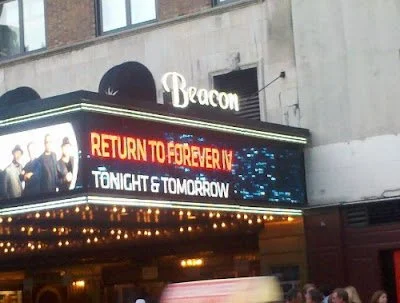Timeless Live Jazz Music Performances
There are certain live jazz music gigs that leave a mark in our lives. Many go as far back before the times where you can rewatch a live jazz stream on YouTube and are only encapsulated in our memory. It may have been the inspired performance, the audience engagement, the atmosphere or a combination of various elements that simply seem like we saw them yesterday, even though they occurred decades ago. Here are ten performances we remember as timeless. This is not a “top ten” list, but a random and diverse list of memorable jazz performances that each added a very special contribution to the genre.
Oscar Peterson at the Lantana Hotel, Bermuda, 1978
Few musicians are as representative of an instrument and a genre as Canadian-born Oscar Peterson is to piano and jazz. The venue was an auditorium at a luxury hotel in this heavenly island reminiscent of a Cary Grant film. Yet, the tables dressed with French cuisine and Martinis played second fiddle to one of the greatest jazz piano players history has ever seen. The intensity, smoothness and charm of Peterson’s playing of his own compositions sprinkled with other classics, accompanied by his iconic smile, set the perfect stage for an unforgettable evening of jazz. He played alone, no duo, no trio, no quartet, just the piano in all its richness and sheer joy.
Paco de Lucia, John McLaughlin and Al Di Meola at the Savoy Theater, New York,1981
It is not often you get a guitar royalty trio in one room. It is the kind of headliner that you have to read two to three times to make sure your eyes are reading right. The fusion of two of the greatest jazz rock guitarists and possibly the best flamenco guitarist to have ever lived, a very tall order, was nothing short of magical. They played solos, duos and trios, passing the musical line to one another as if they were all coming out of the same instrument. A display of virtuosity, yet with character and even humor that delivered a magical evening. Thankfully for the fans that missed it, the tour left us with their live performance recorded in “Friday Night in San Francisco.
Jean-Luc Ponty at the Beacon Theater, New York, 1983
Fresh out of his releasing the “Individual Choice” album, Ponty hit the road with a new twist of electronics added to his iconic, jazzy, blue electric violin. Surely Ponty was no stranger to fusion or experimentation; after all he’s one of the many talented jazz musicians, like George Duke, who made the cut to play with Frank Zappa. But this evening he brought an element of German-influenced electronic music backdrop with a jazz overlay that shows how beautifully versatile the genre can be and how breaking down traditional barriers can introduce us to fresh, new sounds.
Keith Jarret at Avery Fisher Hall, New York, 1983
The name tells the story. A virtuoso that blends jazz improvisation, if there ever was one, with classical influences in the elegant Lincoln Center reserved for the best of the best of classical music piano players. Jarret didn’t play with his hands. He played with his hands, his vocal gestures, his mind and his heart. The beauty of watching Jarret live is that you literally never know what you’re going to hear. He sits at the piano, reflects on what scale he’s going to open with, seems to ever so briefly take a moment to meditate, and then just rolls it all out. Hoping to find what flamenco players call “el duende,” that creative elf that doesn’t always show up in the same form or strength. This evening, he got his duende alright.
Return to Forever performing at New York’s Beacon Theater.
Return to Forever at the Beacon Theater, New York, 1983
A jazz rock concert featuring some of the best of the best in virtuosity that ended like a Rolling Stones stadium gig. When it comes to jazz rock, you simply can’t find a better keyboard player than Chick Corea, a better bass player than Stanley Clarke, a better guitar player than Al Di Meola and a better drummer than Lenny White. And you have them all together. In one band. One night. At one point they went into an unforgettable acoustic set. Corea took to the grand piano, Clarke to the upright bass, Di Meola to the Ovation, and one couldn’t help but think “what’s Lenny White going to do to go acoustic?” As it turned out, White took on his brushes and delivered the most beautifully engaging and soft drumming we think we ever heard. The set, in our opinion, stole the show. Upon delivering three encores, the staff at the Beacon Theater turned the lights on, signaling the crowd to head for the exits. But the crowd wouldn’t have it. Nobody was leaving and the applause was deafening. The minutes went by and nobody was leaving their seats. You guessed the rest, the band came back to deliver yet another encore to give the people what they wanted.
Artie Shaw at the Blue Note, New York, 1985
You don’t expect to see a Big Band play in the middle of the 80’s. And Artie and his big band somehow managed to squeeze into the tight space of New York’s iconic Blue Note decades after his heyday. Frankly, we were questioning how they would even fit. But what was more fitting was to hear the sound of yesteryear as fresh and current as one might have hoped for. Simply beautifully orchestrated jazz at its best. No fusion, no innovation, just honest-to-God pure big band jazz. What was so special about this evening was to experience one of the very best bring the magic back as if it was the 1930’s.
Pat Metheny & Ornette Coleman at Town Hall, New York, 1986
We had seen Pat solo. We had seen him with Lyle Mays. We had seen him with the entire Pat Metheny Group. And we had even seen Ornette. But the mix of Pat’s new guitar jazz with Ornette’s avant garde saxophone was something we had to see and hear. And so we did. It is perhaps the most memorable live performance of fusion within a genre. Both incredibly talented instrumentalists and songwriters. But a fusion that just didn’t seem natural. And yet natural it was. They somehow both brought out the beauty and the beasts out of each other. Pat’s soothing melodies juxtaposed with Ornette’s dissonances in an organic way only those two could have pulled off.
Chet Baker, Paris, 1988
It was a tiny, little club in Paris, we don’t even remember the name, the kind of place where you expected to see some local Parisian saxophone player exhibit a bit of European-influenced jazz for a local crowd. But no. It was none other than Chet Baker in the most intimate of settings. With his signature trumpet and smooth voice that few artists, if any, can deliver. There is a certain roughness about him live, that simply doesn’t come through in the recordings. The romanticism that comes out in his music, seems more the result of bitterness and hard emotions than a flowery statement. At one point his drummer seemingly ever-so-slightly missed a bit, and the nasty look Chet gave him was enough to intimidate even the crowd. One couldn’t help but feel sorry for the guy. But above all, the feeling of authenticity in his performance, coming through as beauty generated more by pain than rejoice, just made the evening that much more meaningful. Very sadly, Chet passed away in Amsterdam just several days after this performance.
Tete Montoliu at the Vitoria Jazz Festival, Vitoria, 1988
Tete Montoliu was one of the pioneers that put European jazz on the map. Born blind, he certainly didn’t seem to need any help from his eyes to bang away on his piano. This performance was part of a star-studded lineup at the Vitoria Jazz Festival, and that didn’t stop him from standing out from a talented crowd. He strolled away with equal ease through hard bop, afro-Cuban and post bop as if it was nobody’s business. His versatility, talent and energy to the crowd going as in few performances in that festival.
Ella Fitzgerald at Radio City Music Hall, New York, 1989
What can be said about having the privilege of seeing the “First Lady of Song” or the “Queen of Jazz” live at none other than New York’s Radio City Music Hall? As we know all too well, Ella’s been “competitively” compared to Billie Holiday and Sarah Vaughan as the best jazz singers of all time. We don’t have favorites, we love all three of them equally. Because they each brought a different style to the table. But watching Ella swing through the Cole Porter catalog, as well as other classics at Radio City’s glamorous stage was nothing short of magical. The feeling easing out of her vocal chords, combined with her stage presence and facial expressions over delivered on the highest of expectations. A demanding crowd, if ever one in New York, was elated by evening wishing it would never end. As far as we know, it was her last performance there.


